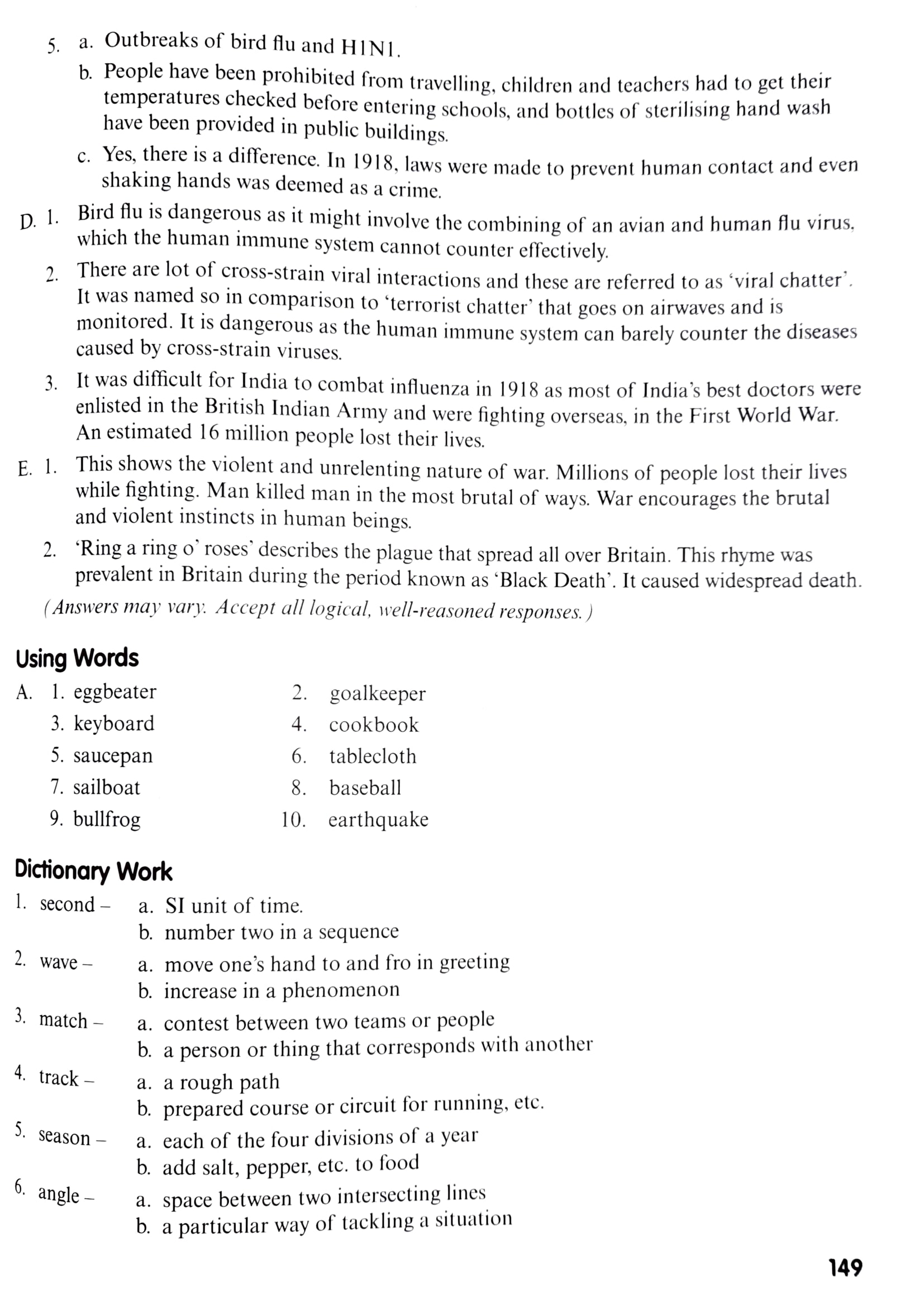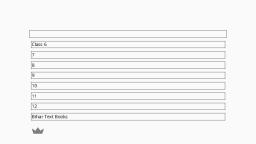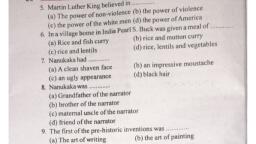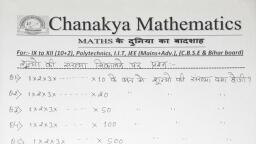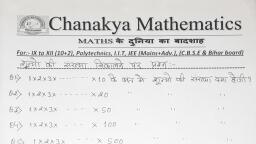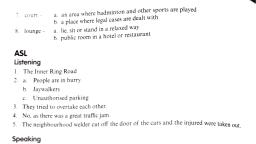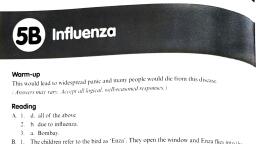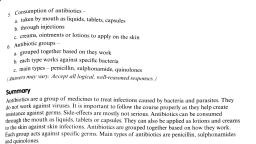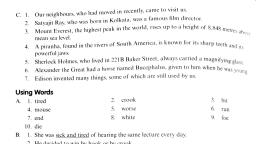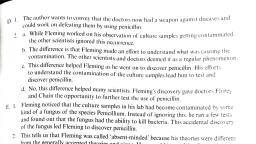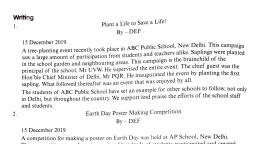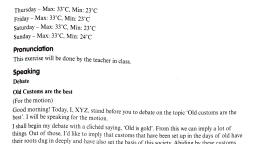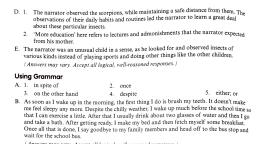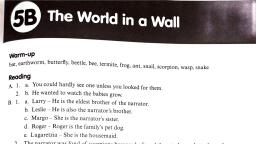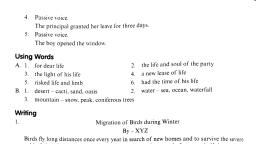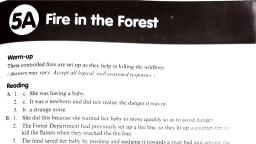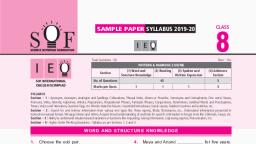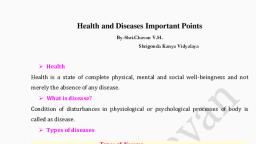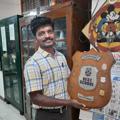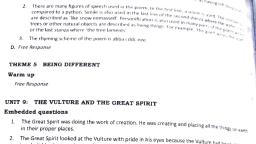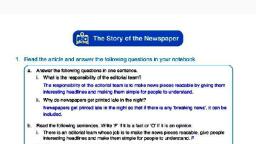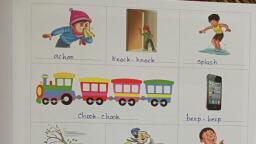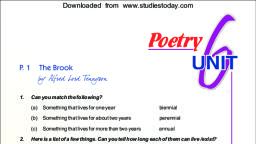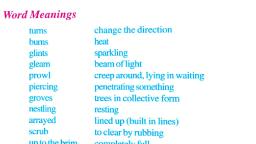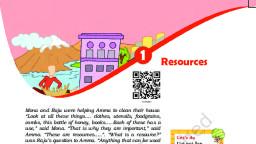Page 1 :
nN, , a. Outbreaks of bird flu and HIN]., , b. People have been prohibited from travelling, children and teachers had to get their, , temperatures checked before entering schools, and bottles of sterilising hand wash, have been provided in public buildings,, , c. Yes, there is a difference. In 1918, laws were made to prevent human contact and even, shaking hands was deemed as a crime, Bird flu is dangerous as it mi, , ; ght involve the combining of an avian and human flu virus., which the human immune sy, , stem cannot counter effectively., , There are lot of cross-strain Viral interactions and these are referred to as ‘viral chatter’., It was ae so In Comparison to ‘terrorist chatter’ that goes on airwaves and is, monitored. It is dangerous as the human immune system can barely counter the diseases, caused by cross-strain viruses,, , It was difficult for India to combat influenza in 1918 as most of India’s best doctors were, enlisted in the British Indian Army and were fighting overseas, in the First World War., An estimated 16 million people lost their lives., , This shows the violent and unrelenting nature of war. Millions of people lost their lives, while fighting. Man killed man in the most brutal of ways. War encourages the brutal, and violent instincts in human beings,, , ‘Ring a ring oO roses’ describes the plague that spread all over Britain. This rhyme was, prevalent in Britain during the period known as ‘Black Death’. It caused widespread death., , (Answers may vary. Accept all logical, well-reasoned responses. ), , Using Words, A. 1. eggbeater 2. goalkeeper, 3. keyboard 4. cookbook, 5. saucepan 6. tablecloth, 7. sailboat 8. baseball, 9. bullfrog 10. earthquake, Dictionary Work, l. second— a. SI unit of time., b. number two in a sequence, 2. wave — a. move one’s hand to and fro in greeting, b. increase in a phenomenon, 3. match- a. contest between two teams or people, b. a person or thing that corresponds with another, 4. track- a. a rough path, b. prepared course or circuit for running, etc., . season— a, each of the four divisions of a year, b. add salt, pepper, etc. to food, 6. angle — a. space between two intersecting lines, b. a particular way of tackling a situation, , 149
